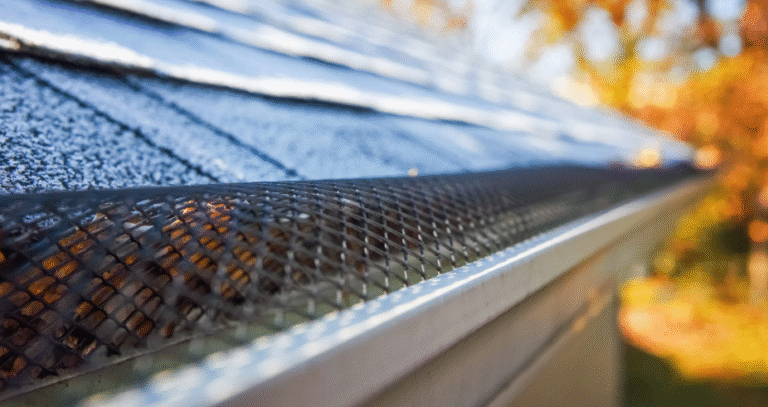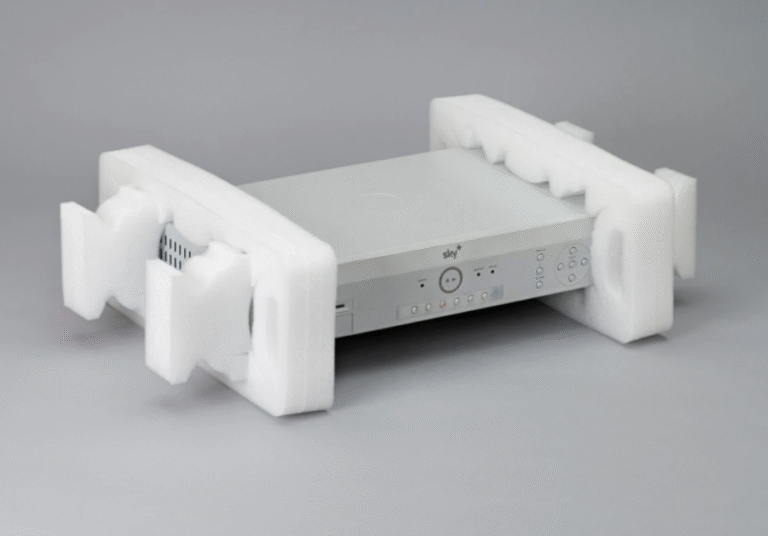Why Acoustic Foam Soundproofing It’s a Top Choice for Homes
Introduction
Noise is one of the most underestimated problems in modern life. Whether it’s the constant hum of traffic, chatter in an open office, or echo in a home cinema, unwanted sound can affect focus, productivity, and even health. This is where acoustic foam soundproofing comes into play. While many people think of soundproofing foam as a quick fix for noisy rooms, its benefits go far beyond simply reducing sound levels. In this article, we’ll explore how acoustic foam works, where it’s most effective, why businesses and homeowners choose it, and what you need to know before installation.
1. What Is Acoustic Foam Soundproofing?
Acoustic foam is a lightweight, porous material—commonly made from polyurethane or melamine—that absorbs sound waves. Unlike solid materials that reflect sound, this foam reduces echoes and reverberations by trapping mid- and high-frequency sounds inside its open cell structure.
It’s important to note that acoustic foam soundproofing is not the same as complete soundproofing. While it improves room acoustics and reduces noise reflections, it doesn’t fully block external noise from entering or leaving a space. Instead, it’s part of a broader toolkit of noise-control solutions that can be combined with other materials like mass-loaded vinyl, drywall, or bass traps for best results.
2. Why Acoustic Foam Works: The Science Behind It
The effectiveness of soundproofing foam lies in its design:
- Shape: Available in pyramid, wedge, or egg-crate patterns, the foam’s unique textures increase surface area, which maximizes sound absorption.
- Density: Higher-density foam absorbs more sound energy, making it more effective for spaces with heavy echo or mid-range frequencies.
- Surface Area: More coverage equals better results. By strategically placing foam in high-reflection points, you can control unwanted sound with less material.
When sound waves hit the foam, their energy is absorbed and converted into small amounts of heat, rather than bouncing back into the room. This makes voices clearer, music sharper, and environments calmer.
3. Top Applications of Acoustic Foam Soundproofing
One of the reasons acoustic foam soundproofing has become so popular is its versatility. Here are some of the most common applications:
Recording Studios
Musicians and podcasters rely heavily on soundproofing foam to eliminate echo, ensuring crystal-clear recordings. By covering reflection points and corners, studios create a controlled acoustic environment.
Home Theaters
Ever wondered why professional cinemas sound so immersive? Acoustic foam is a key factor. Installing it in home theaters reduces reflections and enhances sound clarity, making every dialogue and effect sharper.
Offices and Meeting Rooms
In open-plan offices, background noise can be a major distraction. Adding soundproofing foam panels helps improve speech clarity during meetings and creates a more productive workspace.
Public Spaces
Restaurants, gyms, and auditoriums use foam to manage sound levels. This creates a more comfortable environment where people can converse without shouting or feeling overwhelmed by noise.
4. How to Install Soundproofing Foam Effectively
Proper installation is crucial for achieving the benefits of acoustic foam. Here are some expert tips:
- Coverage Area: For noticeable improvements, at least 20–30% of the wall surface should be covered. More coverage enhances absorption.
- Strategic Placement: Install panels at first reflection points, corners, and ceilings where sound tends to bounce.
- Mounting Methods: Spray adhesive, double-sided tape, or mounting brackets are commonly used. Always ensure surfaces are clean and dry before application.
- Mix with Other Materials: Combine foam with bass traps or soundproof walls for a complete acoustic solution.
See also: Reliable Pest Control in Chelmsford: Protecting Your Home and Business
5. Benefits of Using Acoustic Foam Soundproofing
Why should you consider soundproofing foam for your space? Here are the key benefits:
- ✅ Echo Control: Eliminates echoes and makes speech clearer.
- ✅ Improved Acoustics: Enhances audio quality for music, movies, or meetings.
- ✅ Affordable Solution: Compared to other soundproofing options, foam is budget-friendly.
- ✅ Lightweight and Flexible: Easy to cut, shape, and install.
- ✅ Custom Options: Available in various densities, shapes, and colors to match design needs.
For businesses like Acoustafoam in Telford—founded in 1979 and trusted by industries ranging from automotive to marine—the focus has always been on delivering tailored solutions. Their decades of expertise prove that quality acoustic materials can dramatically improve how spaces function.
6. Common Limitations and Misconceptions
While acoustic foam offers many advantages, it’s also important to manage expectations:
- ❌ Not True Soundproofing: Foam doesn’t block sound from traveling between rooms—it absorbs echoes inside a room.
- ❌ Less Effective for Low Frequencies: Bass sounds often require thicker foam or additional materials like bass traps.
- ❌ Maintenance Needed: Foam should be dusted regularly to prevent buildup and deterioration over time.
Understanding these limitations helps you design a complete noise-control plan rather than relying solely on foam.
7. When to Use Acoustic Foam vs. Other Materials
A common question is: When should I use acoustic foam, and when do I need something stronger?
- Use acoustic foam soundproofing when your main issue is echo, reverberation, or clarity inside a room.
- Use mass-loaded vinyl or drywall layers when your problem is external noise coming through walls.
- Combine both for the best results—improving both internal acoustics and blocking external sounds.
This layered approach is particularly effective in recording studios, apartment buildings, and offices near busy streets.
8. Why Businesses Trust Acoustic Foam Solutions
For over 40 years, companies like Acoustafoam have been producing foam, rubber, and plastic components for industries where noise control is essential. From tractors and vehicles to electronics and marine products, they’ve proven that soundproofing foam isn’t just for music studios—it’s a vital material across sectors.
The company’s resilience is inspiring too. After a devastating fire in 2007, Acoustafoam rebuilt its facility with state-of-the-art equipment, continuing its mission to provide innovative and reliable sound solutions. This family-run business demonstrates why quality materials and expert service matter when choosing acoustic products.
9. Tips for Choosing the Best Soundproofing Foam
If you’re planning to buy acoustic foam soundproofing, consider these tips before making a purchase:
- Check Density: Higher density foam absorbs more sound but may cost slightly more.
- Choose the Right Shape: Wedges and pyramids are best for studios, while flat panels suit offices and homes.
- Measure Your Room: Calculate the square footage and buy enough foam to cover at least 25–30% of surfaces.
- Ask About Fire Ratings: For safety, ensure foam complies with fire safety standards.
- Work with Trusted Brands: Long-established companies like Acoustafoam ensure quality and durability.
10. Conclusion: Is Acoustic Foam Soundproofing Worth It?
The answer is yes—if your goal is to improve room acoustics, reduce echo, and create a more comfortable sound environment. Acoustic foam soundproofing is affordable, easy to install, and highly effective at managing mid- and high-frequency noise.
However, if you’re seeking full sound isolation—such as blocking traffic noise from entering a bedroom—you’ll need to combine foam with additional soundproofing materials.
For homes, offices, studios, and public spaces, soundproofing foam remains one of the simplest and most effective ways to control sound. And with expert suppliers like Acoustafoam leading the way in innovation, you can be sure you’re getting reliable solutions tailored to your needs.






